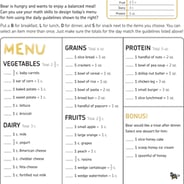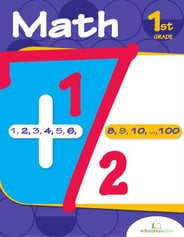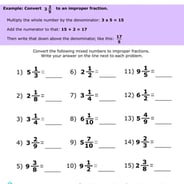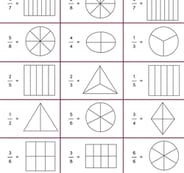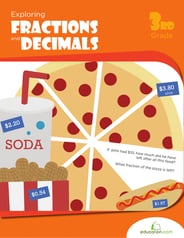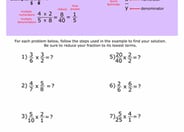- Worksheets
- Games
- Lesson Plans
- Workbooks
- Exercises
- Science Projects
- Skills Progression
- More
Search Fraction Educational Resources
633 filtered results
633 filtered results
Fractions
Sort by

Color the Fractions
Worksheet
Color the Fractions
Help your students understand fractions while adding some color to these shapes! With this helpful math resource, students will create a visual representation of fractions by coloring the parts of the shape indicated by each fraction.
2nd grade
Math
Worksheet

Fractions 4
Guided Lesson
Fractions 4
Students are going to take a deeper dive into fractions in this unit! Learners will apply previous understanding of finding equivalent fractions, and converting between fractions and mixed numbers to work with fractions in more complex ways. Students will continue to use visual models to learn and practice adding, subtracting, multiplying and dividing fractions.
5th grade
Math
Guided Lesson

Fractions 1
Guided Lesson
Fractions 1
Fractions can be a tricky concept for third graders to master, but this guided lesson can help kids get there. It provides focused instruction designed by teachers and curriculum experts that is specific to the third grade curriculum. Exercises and practical examples help kids to put fractions in context with real-world math problems. When finished with the lesson, check out our fractions worksheets for more practice.
3rd grade
Math
Guided Lesson


